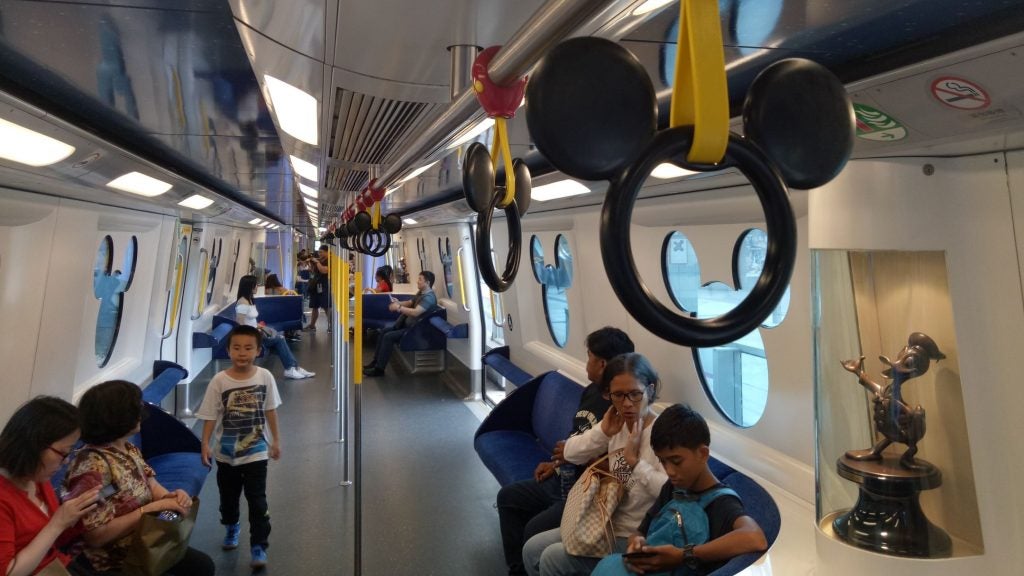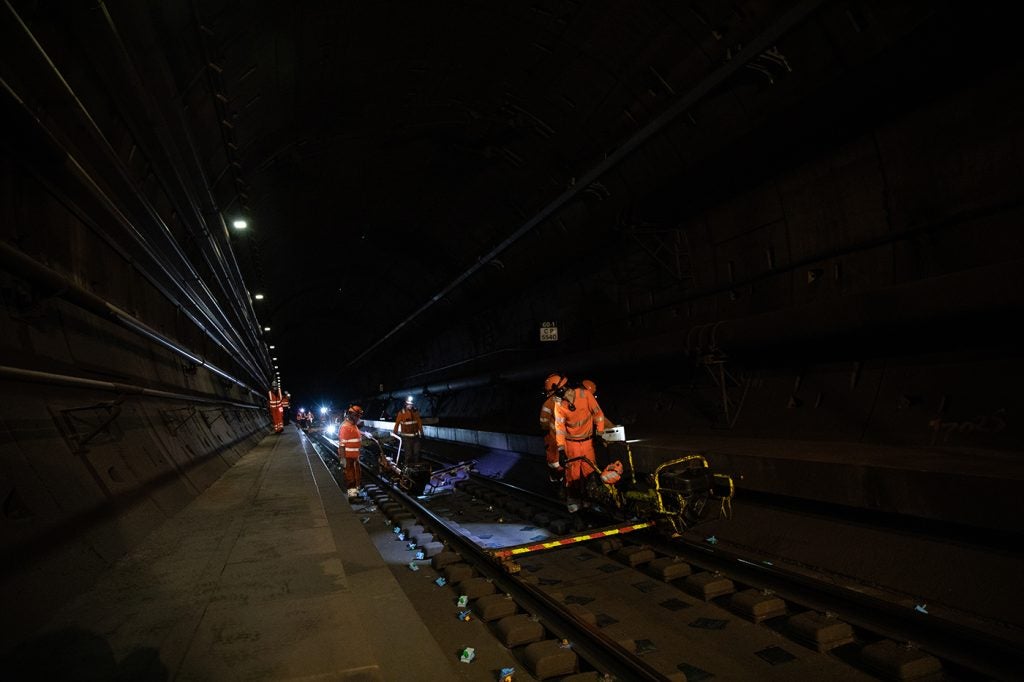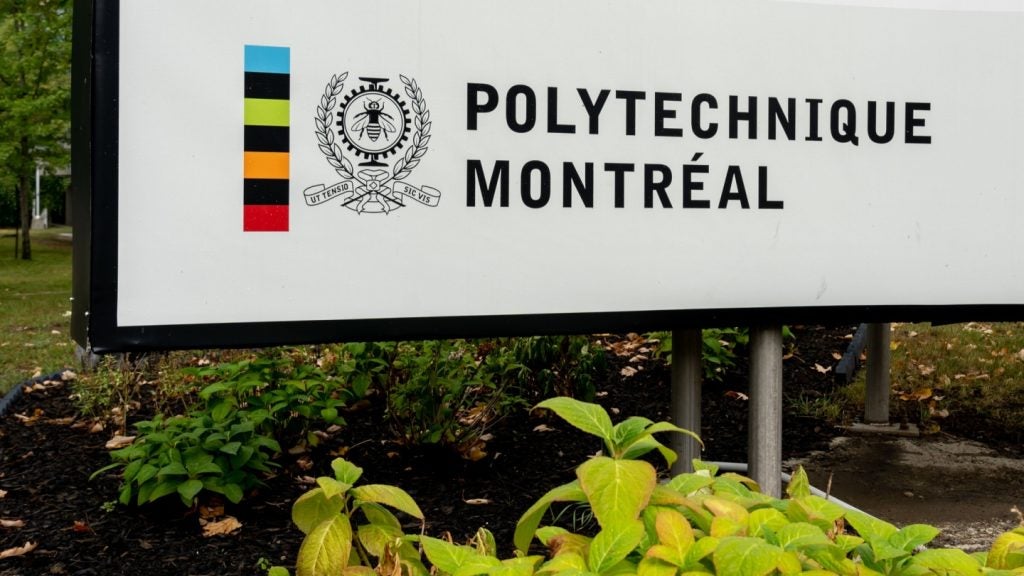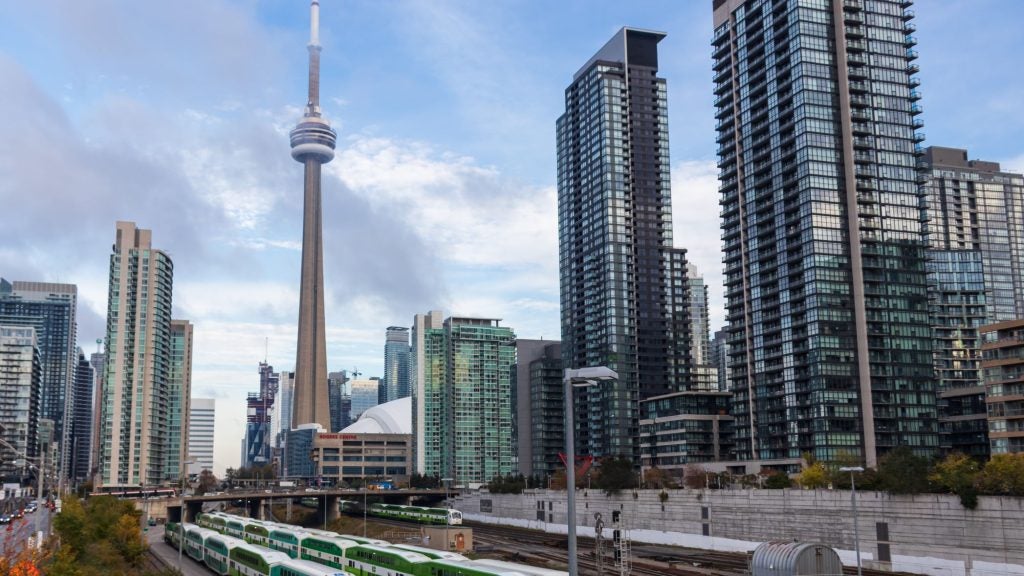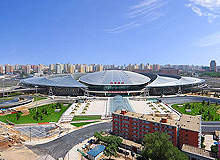
Accrington’s CO2 reduction
Despite commencing construction during one of the coldest English winters in January 2010, Accrington train station – part funded by the EU through the Interreg IVB programme – received a very warm welcome. The new eco station, the first of its kind on the UK’s northern rail network, received a BREEAM (Building Research Establishment Environmental Assessment Method) rating of ‘excellent’ at the beginning of December 2010.
The building is made from recycled stone and uses photovoltaic cells to provide some of the building’s electricity requirements, incorporates solar water heating, a wind turbine for electricity generation and rain water harvesting for flushing toilets. Thirty photovoltaic (PV) solar panels, which it is hoped will supply over 4,000kWh of electricity – are estimated to help reduce carbon emissions from the new station by over 2t each year.
The station is one of 24 partaking in UK national station travel plan pilot projects supported by various council organisations around the country. “Building a new eco station for the town is a key part of Accrington’s transport infrastructure and will provide an ideal opportunity for more people to try different travel options rather than the car,” says Richard Watts, Rail Projects Manager at Lancashire County Council.
Light eyes in Stuttgart
The architects behind the planned reconstruction of Stuttgart’s new ‘Stuttgart 21’ train station, Ingenhoven Architects, received a host of awards for the design plans, including the Holcim Awards, which recognises buildings combining sustainable construction solutions with architectural excellence.
Set in a 100ha site dedicated to creating parks, green spaces, residential and working areas, the current station will be replaced by a through station serving a high-speed train network of eight tracks. The intention is, very ambitiously, for the station to provide Stuttgart with a new city centre.
See Also:
The underground station will feature 28 light ‘eyes’ in order to reduce light pollution during the night and illuminate the subterranean platforms. This should guarantee a supply of natural light for up to 14 hours a day. The light wells also serve to ventilate the station via tunnels which can be opened.
How well do you really know your competitors?
Access the most comprehensive Company Profiles on the market, powered by GlobalData. Save hours of research. Gain competitive edge.

Thank you!
Your download email will arrive shortly
Not ready to buy yet? Download a free sample
We are confident about the unique quality of our Company Profiles. However, we want you to make the most beneficial decision for your business, so we offer a free sample that you can download by submitting the below form
By GlobalDataTo reduce CO2 emissions, station lighting is powered insofar as possible by photovoltaic cells located on the northern station building. In addition, the surface of the roof is to be covered with earth and substrate to prevent heat islands occurring in the city. As many as 250,000 people will use the transport system at the new station every day. Construction is scheduled to be completed in 2011.
Going solar stateside
The Yawkey Commuter Rail Station reconstruction project is a key part of the $450m Fenway Center development in Boston, Massachusetts. The entire development includes more than 330 apartments, 370,000ft² of office space, 150,000ft² of retail space, more than 30,000ft² of park space, and more than 1,000 parking spaces. When completed the commuter station will improve access and it is anticipated that the service on some lines will more than double.
The new station will be 100% powered by solar power, which will, according to reports, make it the first net-zero energy rail station.
The focus on solar power, bike facilities and improved connections for commuters is supported by the GreenDOT initiative from the Massachusetts Department of Transportation, which sets out to reduce greenhouse gas emissions and promote healthy transportation options. Construction is due to be completed in spring 2012.
China’s ventilation canopies
With construction completed in 2008, Beijing South Railway Station makes up one of four key railway stations for China’s new high speed rail network. The building is situated on a 32ha site (covering 320,000m²) with a catchment area of 270m people. It was designed by Terry Farrell’s UK / Hong Kong architecture firm in collaboration with the Tianjin Design Institute.
Natural ventilation is a key feature of this building via the canopy roofs while the skylight provides daylight. Another major feature is the solar panel set up. There are over 3,000 panels generating electricity, as the structure spreads out like a ‘ray’, which covers over 8,000m² along the perimeter. This design serves to reduce CO2 output considerably. Additional sustainable elements include the use of waste heat from urban discharge water along with a district heating and cooling system.
The station’s 24 platforms have the capacity to dispatch 30,000 passengers per hour or 241m a year and are now reportedly the largest in Asia.



